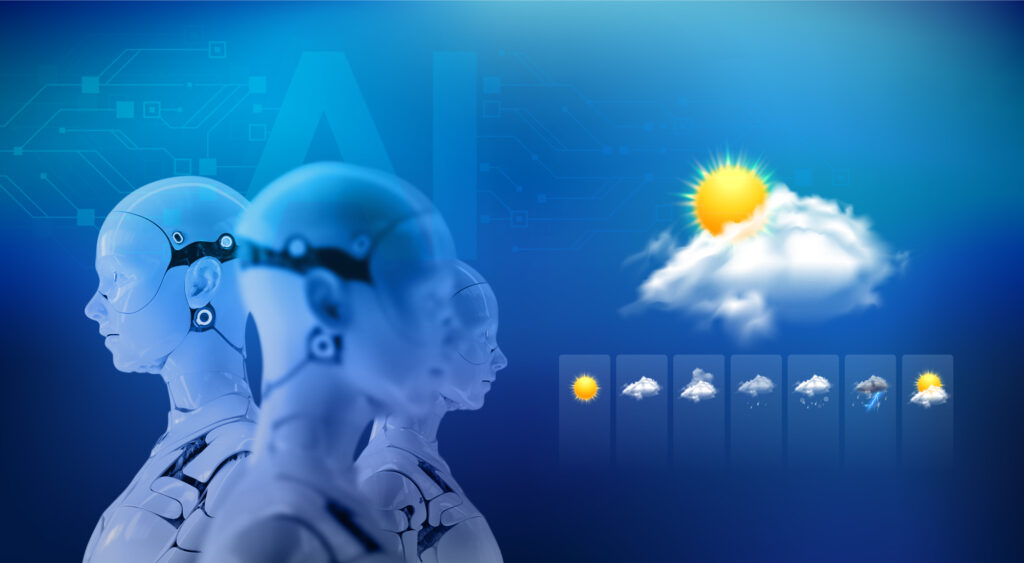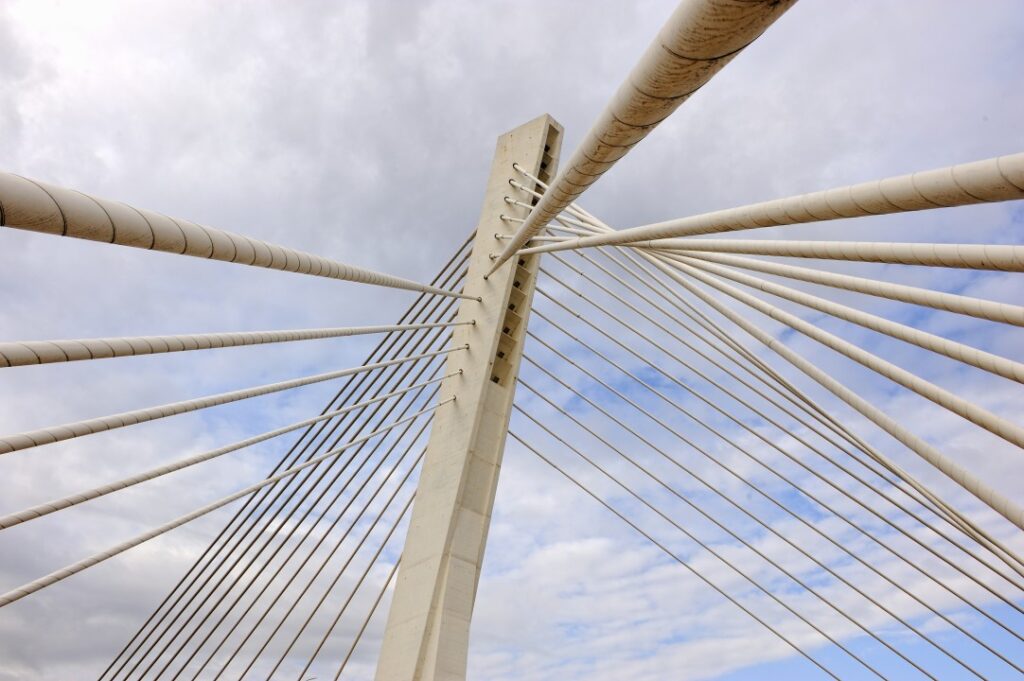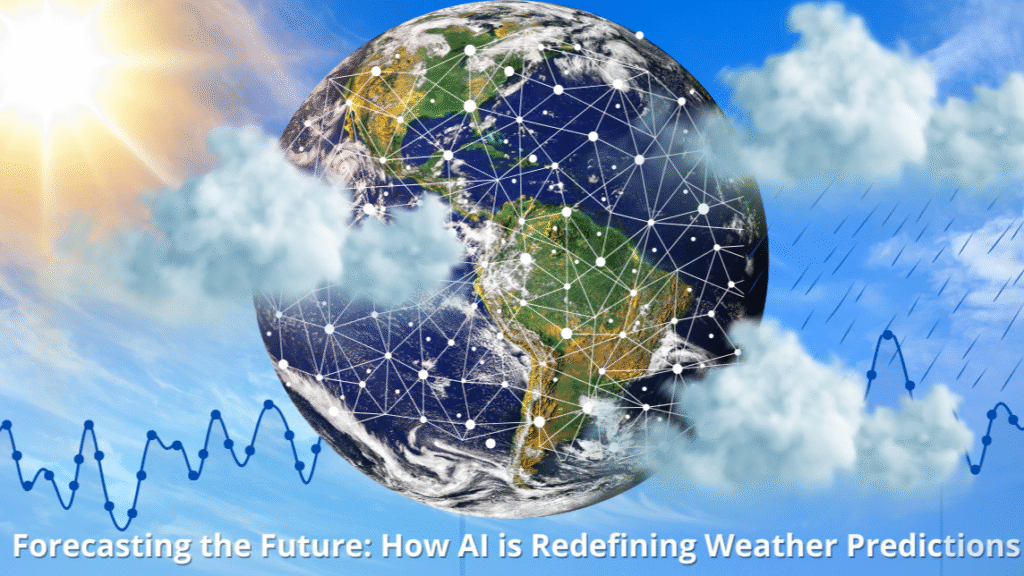The future of weather prediction is arriving faster than expected, bringing with it not just better daily forecasts, but the potential to revolutionize agriculture, disaster preparedness, and global supply chains. While weather prediction has always relied on measuring atmospheric data and modeling future conditions, a powerful blend of AI and balloon based technology may be the tipping point that changes everything.
A Leap Beyond Traditional Forecasting
Just a few decades ago, a five day forecast was laughably unreliable. Today, it’s often impressively accurate. According to the American Meteorological Society, today’s five day forecast is as reliable as a three day forecast from the 1980s. But once you stretch beyond seven days, even the best systems falter. That’s where companies like WindBorne Systems, a Palo Alto based startup, see a game changing opportunity.
WindBorne is betting on a simple idea: If we can collect better data and process it in smarter ways, we can finally crack the code of long range forecasting. And they’re not just theorizing they’re putting it into practice.
WindBorne’s Weather Balloons in Action
WindBorne’s CEO, John Dean, began with a vision as gritty as it was brilliant. He drove a worn out Subaru, carrying helium tanks and launching DIY weather balloons around California, all in hopes of securing investor interest. That grassroots hustle paid off.
Their balloons fly farther and longer than typical weather balloons, gathering critical data like humidity, temperature, wind speed, and atmospheric pressure from previously unreachable areas. Unlike traditional models that rely heavily on satellite snapshots and limited ground readings, WindBorne’s system collects real time data from the upper atmosphere, often overlooked but crucial for mid to long range predictions.
In one test, WindBorne’s data significantly improved hurricane trajectory forecasts, giving emergency services an edge by narrowing the uncertainty cone that area where a storm is likely to strike. This kind of accuracy can save lives and millions of dollars in economic damage.

How AI Is Enhancing the Future of Weather Prediction
Gathering better data is only half the equation. Making sense of it is another. That’s where artificial intelligence, particularly deep learning, comes in.
WindBorne’s system integrates advanced AI algorithms that are trained on both real-time data and decades of historical weather patterns. These systems can recognize subtle correlations and dynamics like how a shift in the jet stream might interact with sea surface temperatures that would take humans months to decipher.
Dr. Emily Chen, a leading climatologist at Stanford University, said, “The real breakthrough is the fusion of high resolution observational data with neural networks. The AI can simulate not just what might happen, but why, and that makes all the difference for long term reliability.”
How Reliable Is This New Forecasting Model?
Skepticism remains among traditional meteorologists. Forecasting is inherently probabilistic, and nature is chaotic. But experts also agree that better inputs lead to better outputs.
Professor James Holloway from the University of Michigan’s Atmospheric Science department notes, “There’s always been a tradeoff between resolution and range. WindBorne and similar models seem to be collapsing that tradeoff giving us sharper, more accurate predictions further into the future.”
The future of weather prediction, he argues, may depend less on brute computational power and more on intelligent data acquisition and processing, which is exactly WindBorne’s strength.
A Personal Perspective: When the Forecast Really Mattered
For Kansas farmer Rachel Monroe, the future of weather prediction is not an abstract concept it’s personal. “I planted late last season because the local forecast missed an early cold snap,” she said. “We lost half our seedlings. If I had known even three more days in advance, the decision would’ve been different.”
This year, Rachel signed up for WindBorne’s beta program. Their custom forecast dashboard helped her time planting and irrigation schedules with surgical precision. “We saw a 17% yield increase. That’s huge for a small farm like ours.”

Implications Beyond Weather
Longer term, more accurate forecasts could reshape sectors like, Agriculture Enabling better planting, harvesting, and irrigation decisions. Aviation and Shipping Optimizing fuel routes and avoiding storms earlier. Disaster Response Giving agencies more lead time to act before floods, fires, or hurricanes. Energy Allowing utilities to better prepare for usage spikes due to weather.
All of these benefits hinge on reliable predictions that go beyond the 5 day mark. And if WindBorne is right, that reliability is just around the corner.
The Challenges Ahead
Despite the breakthroughs, the future of weather prediction still faces hurdles, Scaling Up Deploying thousands of balloons globally is a logistical challenge. Regulation International airspace laws and environmental concerns must be addressed.
Data Integration Merging WindBorne’s proprietary data with global public models (like NOAA and ECMWF) requires cooperation that isn’t always forthcoming.
Still, the company is pushing forward. “We believe we can eventually offer a 10 day forecast that’s as accurate as today’s five day,” John Dean says. “That’s the moonshot, and we’re closer than people think.”

A Forecast for the Future
The future of weather prediction is no longer just a matter of better barometers or faster supercomputers. It’s about smarter systems, real time data, and AI driven analysis that works hand in hand with human expertise.
With companies like WindBorne leading the way, we may finally bridge the gap between science fiction and practical reality. It’s not perfect yet but for the first time in decades, the long range forecast is looking bright.


1 thought on “How WindBorne Is Revolutionizing the Future of Weather Prediction With AI Balloons”